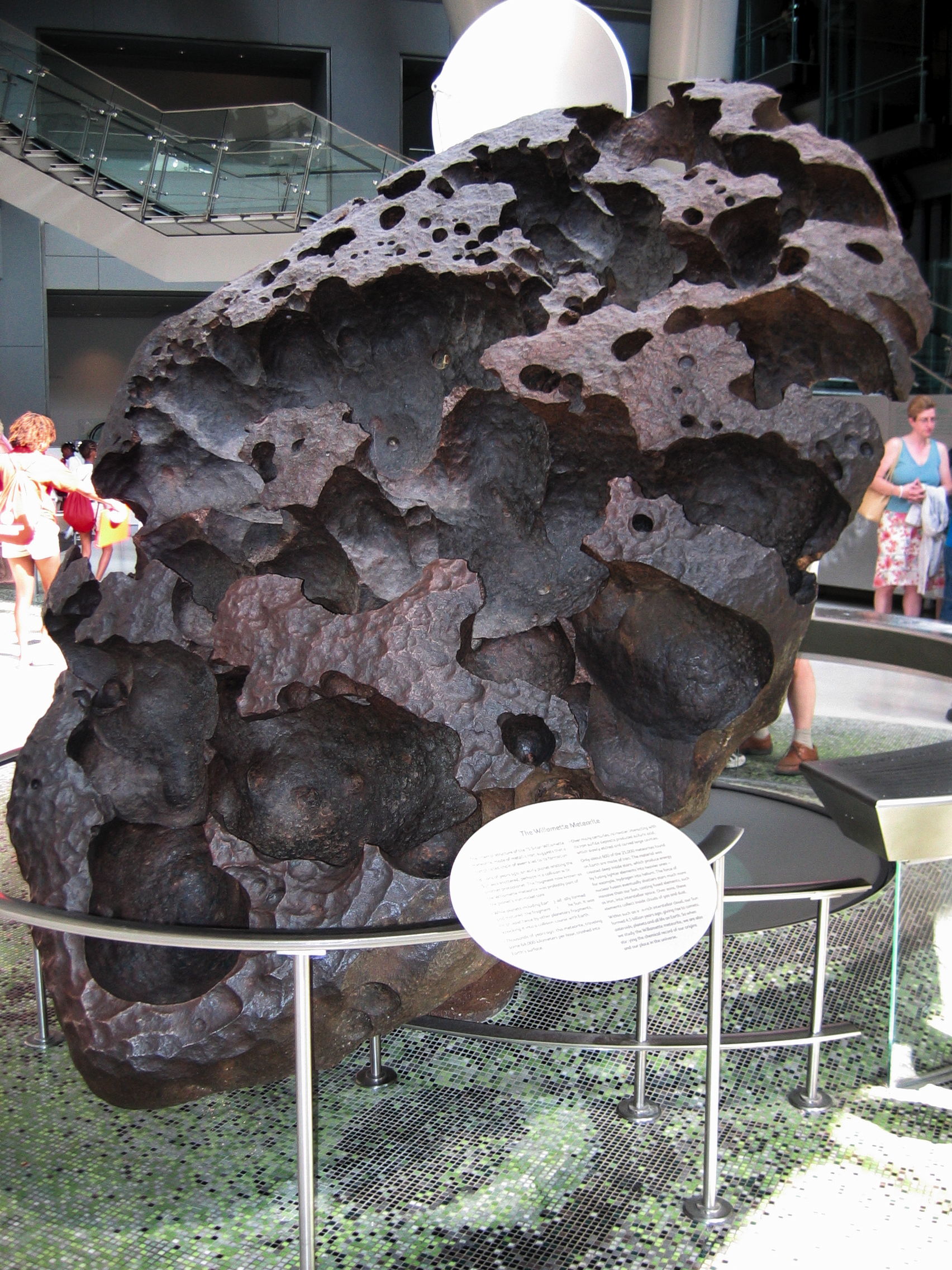
Iron Age
The Iron Age is the final epoch of the three historical Metal Ages, after the Copper and Bronze Ages.[1] It has also been considered as the final Age of the three-age division starting with prehistory (before recorded history) and progressing to protohistory (before written history). In this usage, it is preceded by the Stone Age (subdivided into the Paleolithic, Mesolithic and Neolithic) and Bronze Age. These concepts originated for describing Iron Age Europe and the Ancient Near East, but they now include other parts of the Old World (the indigenous cultures of the New World did not develop an iron economy prior to AD 1500).
This article is about the historical/archaeological period known as the Iron Age. For the mythological Iron Age, see Ages of Man.
Although meteoritic iron has been used for millennia in many regions, the beginning of the Iron Age is defined locally around the world by archaeological convention when the production of smelted iron (especially steel tools and weapons) replaces their bronze equivalents in common use.[2]
In Anatolia and the Caucasus, or Southeast Europe, the Iron Age began during the late 2nd millennium BC (c. 1300 BC).[3] In the Ancient Near East, this transition occurred simultaneously with the Bronze Age collapse, during the 12th century BC (1200–1100 BC). The technology soon spread throughout the Mediterranean Basin region and to South Asia between the 12th and 11th century BC. Its further spread to Central Asia, Eastern Europe, and Central Europe was somewhat delayed, and Northern Europe was not reached until about the start of the 5th century BC (500 BC).
The Iron Age in India is stated as beginning with the ironworking Painted Grey Ware culture, dating from the 15th century BC, through to the reign of Ashoka during the 3rd century BC. The use of the term "Iron Age" in the archaeology of South, East, and Southeast Asia is more recent and less common than for Western Eurasia. Africa did not have a universal "Bronze Age", and many areas transitioned directly from stone to iron. Some archaeologists believe that iron metallurgy was developed in sub-Saharan Africa independently from Eurasia and neighbouring parts of Northeast Africa as early as 2000 BC.[4][5][6]
The concept of the Iron Age ending with the beginning of the written historiographical record has not generalized well, as written language and steel use have developed at different times in different areas across the archaeological record. For instance, in China, written history started before iron smelting began, so the term is used infrequently for the archaeology of China. For the Ancient Near East, the establishment of the Achaemenid Empire c. 550 BC is used traditionally and still usually as an end date; later dates are considered historical by virtue of the record by Herodotus despite considerable written records now being known from well back into the Bronze Age. In Central and Western Europe, the Roman conquests of the 1st century BC serve as marking the end of the Iron Age. The Germanic Iron Age of Scandinavia is considered to end c. AD 800, with the beginning of the Viking Age.
History of the concept[edit]
The three-age method of Stone, Bronze, and Iron Ages was first used for the archaeology of Europe during the first half of the 19th century, and by the latter half of the 19th century, it had been extended to the archaeology of the Ancient Near East. Its name harks back to the mythological "Ages of Man" of Hesiod. As an archaeological era, it was first introduced to Scandinavia by Christian Jürgensen Thomsen during the 1830s. By the 1860s, it was embraced as a useful division of the "earliest history of mankind" in general[7] and began to be applied in Assyriology. The development of the now-conventional periodization in the archaeology of the Ancient Near East was developed during the 1920s and 1930s.[8]